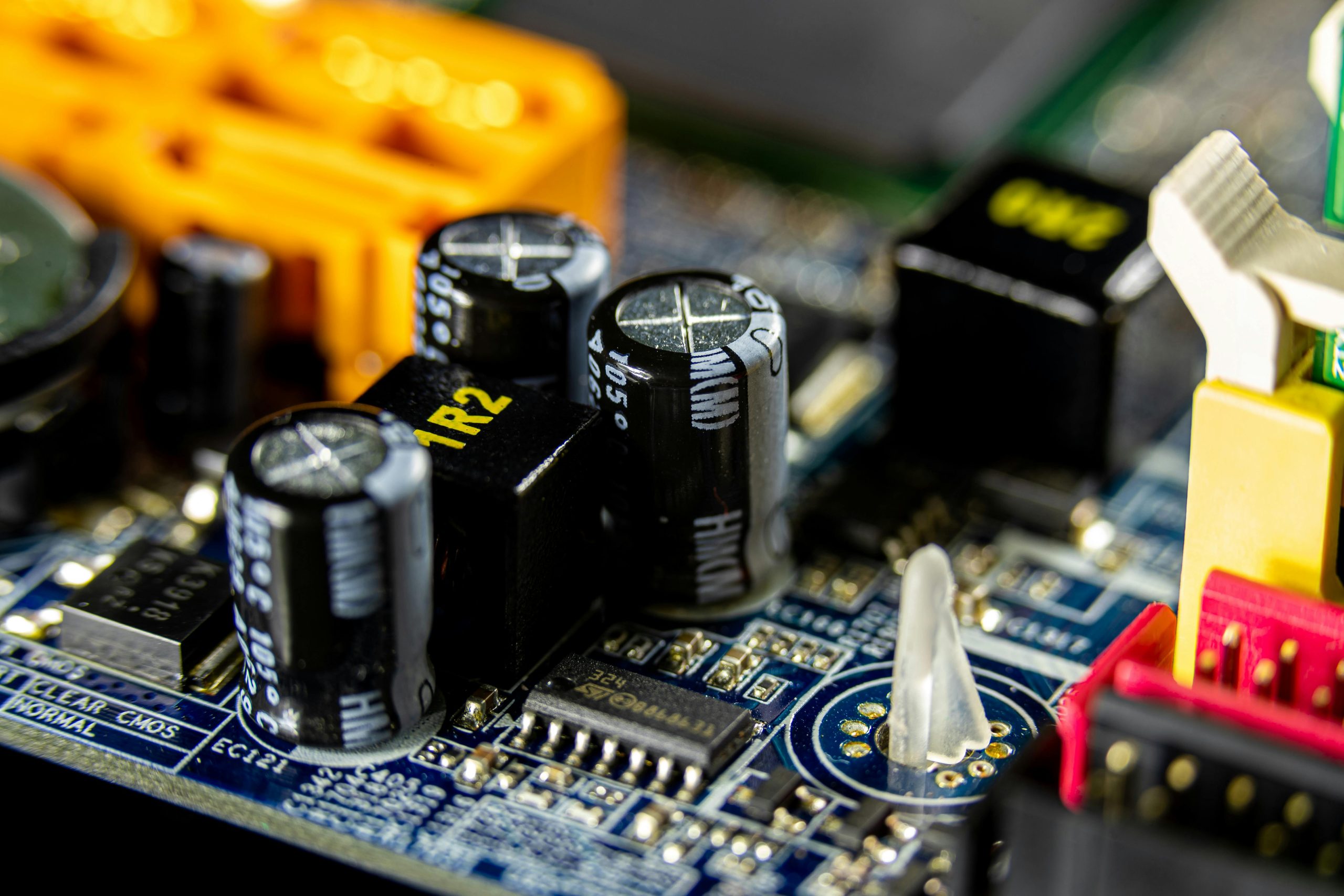Troubleshooting CPU and RAM Issues on a New Build: Seeking Solutions
Recently, I embarked on an exciting journey of building a new PC, and I encountered some issues that I’m hoping to resolve with the help of fellow tech enthusiasts. Here’s a rundown of my current setup and the problems I’m facing.
My New Build Specifications
- CPU: AMD Ryzen 7 7800X3D
- Motherboard: MAG B650 Tomahawk Wifi
- RAM: Lexar Ares DDR5 6400 MHz
- Cooling: Endorfy Navis 360
- Power Supply: Gigabyte UD850GM PG5 V2
- Storage: 2TB KC3000 SSD
The Setup Process
I began by properly connecting the power supply to the motherboard, including the CPU and ATX power connectors. To ensure optimal performance, I updated the BIOS to the latest version (7D75v17) using a FAT32-formatted USB drive. After inserting the drive and initiating the BIOS flash without powering on the system, the LED indicated that the update was successful.
Encountering Debugging Issues
After setting up the CPU, RAM, and cooling system, I powered on the computer only to be greeted with red and yellow LED indicators on the EZ Debug panel, signaling issues with the CPU and RAM. Despite trying various combinations of unplugging and re-plugging components, including the power supply, CPU, and cooling system, the problem persisted.
I attempted a CMOS reset as well, but that did not yield any improvements. Visually inspecting the motherboard, I found no obvious bent pins, which is often a culprit in such situations.
Further Troubleshooting Attempts
In my effort to resolve the issue, I experimented with connecting the CPU power to different slots on the power supply. I also attempted to flash different BIOS versions from multiple USB drives formatted with both MBR and GPT types. I even left the system powered on for an extended period, hoping it might trigger a RAM self-test, but unfortunately, none of these strategies resolved the problem. I did confirm that the RAM is compatible with the motherboard specifications.
To rule out any power supply issues, I tested the PSU with another PC, and it functioned correctly.
Seeking Expertise
At this point, I’m reaching out for insights and suggestions from anyone who might have faced similar challenges. If you have experienced this kind of setup issue
Share this content:




Possible Troubleshooting Steps for Hardware Debug LED Issues
Based on your detailed description, here are some recommended steps to help resolve the red CPU LED and yellow RAM LED indicators: